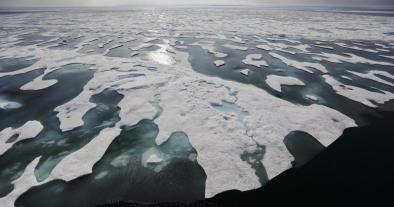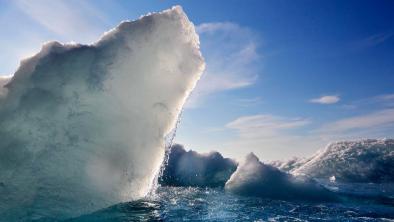Science Source
Accelerated increase in the Arctic tropospheric warming events surpassing stratospheric warming events during winter
- States that rapid Arctic warming events disrupt mid‐latitude weather patterns and oftentimes produce extreme deviations from normal weather conditions
- States that the atmospheric origins of these Arctic warming events have been identified as developing in the troposphere and the stratosphere
- Uses historical observations and finds that the frequency of tropospheric warming events has increased through the recent decades, while the stratospheric events have not
- Finds that tropospheric events develop twice as fast as stratospheric events and are therefore less predictable
- Computer simulations provided evidence that the two phenomena are likely linked, with observations of historically‐low Arctic sea ice extent occurring alongside the increase of tropospheric warming events
- Results provide observational evidence for enhanced transport of tropical energy helping fuel these Arctic tropospheric warming events
- Results also suggest that future mid‐latitude weather is likely to undergo an increase to extreme, unseasonal weather patterns that are inherently less predictable
- Concludes by stating that recent studies have unequivocally indicated that the loss of sea ice profoundly influences temperatures and circulations over the Arctic region which, in turn, modulates the midlatitude extreme weather, and that this study moves one step further by highlighting the existence of, and the increase in, the rapid tropospheric warming (RTW) type of Arctic events that may possess a greater threat in the form of midlatitude extreme weather
Related Content
Science Source
| World Weather Attribution
Unusually high temperatures at the North Pole, winter 2016
Science Source
| Bulletin of the American Meteorological Society
EEE 2016: CMIP5 Model-based Assessment of Anthropogenic Influence on Highly Anomalous Arctic Warmth During November–December 2016
Jonghun Kam, Thomas R. Knutson, Fanrong Zeng et al
Headline

Dec 12, 2017 | Mother Jones
The Arctic is warming faster than at any point in the past 1,500 years
Headline

Nov 27, 2017 | CBC News
Arctic climate change being felt farther south, scientists say


